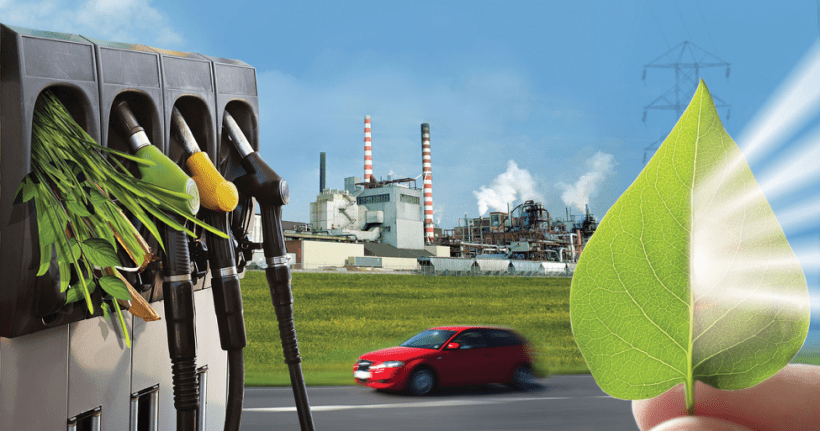The future of sustainable energy isn’t just about harnessing the power of the wind, water, and sun. There’s another player in the green energy game that has been quietly making significant contributions to the field – bioenergy. Derived from organic materials and waste, bioenergy has the potential to revolutionize our approach to energy production.
The Science of Bioenergy
Bioenergy, at its core, involves converting biological materials and organic wastes into energy. These materials, known as biomass, can include everything from agricultural residues, wood chips, and yard clippings to municipal solid waste, manure, and even algae. Through various processes such as combustion, gasification, and anaerobic digestion, this biomass can be transformed into electricity, heat, and biofuels.
Bioenergy’s Double Benefit
What sets bioenergy apart from other renewable energy sources is its unique ability to solve two pressing environmental issues simultaneously. Firstly, by converting waste into energy, it offers a sustainable waste management solution. Secondly, it produces green energy, reducing our reliance on fossil fuels and helping mitigate climate change.
The Many Forms of Bioenergy
Bioenergy can take several forms, depending on the source material and conversion process. Here’s a closer look at some of them.
Biogas
Biogas is produced when organic material breaks down in an oxygen-free environment, a process known as anaerobic digestion. This gas primarily consists of methane and can be used similarly to natural gas for cooking, heating, and electricity generation.
Bioethanol
Bioethanol is a renewable substitute for gasoline produced from crops such as corn and sugarcane. Its production involves fermenting the sugars found in these crops. While it’s primarily used as fuel for vehicles, it can also be used in fuel cells to generate electricity.
Biodiesel
Biodiesel is derived from vegetable oils, animal fats, or recycled cooking grease. It can replace conventional diesel fuel and can be used in most diesel engines without modification.
Bioenergy and Utility Management
Incorporating bioenergy into our utility management systems brings a unique set of challenges and opportunities. On the one hand, biomass fuel sources tend to be locally sourced and highly variable, requiring flexible and adaptive management systems. On the other hand, the continual availability of waste materials can provide a steady and reliable energy source, enhancing the resilience of our energy systems.
The Future of Bioenergy
Bioenergy has come a long way, but it still has untapped potential. Advanced technologies are being developed to improve the efficiency and sustainability of bioenergy production. For instance, researchers are exploring the use of algae, a highly renewable resource, as a source of biomass. They’re also developing advanced biofuels that could replace jet fuel, paving the way for greener aviation.
Additionally, the integration of bioenergy with carbon capture and storage technologies could potentially result in negative carbon emissions – an exciting prospect in the fight against climate change.
Embracing the Potential of Waste
Bioenergy offers a fresh perspective on how we view and manage waste. Instead of considering waste as a problem, it’s time we recognize it as a potential resource – a source of energy that could power our homes, fuel our vehicles, and contribute to a sustainable and clean energy future.
The transformation of waste into energy is more than just a technological endeavor. It’s about shifting mindsets and supporting sustainable practices. As we move towards a greener future, understanding and embracing bioenergy will be an integral part of this journey.

